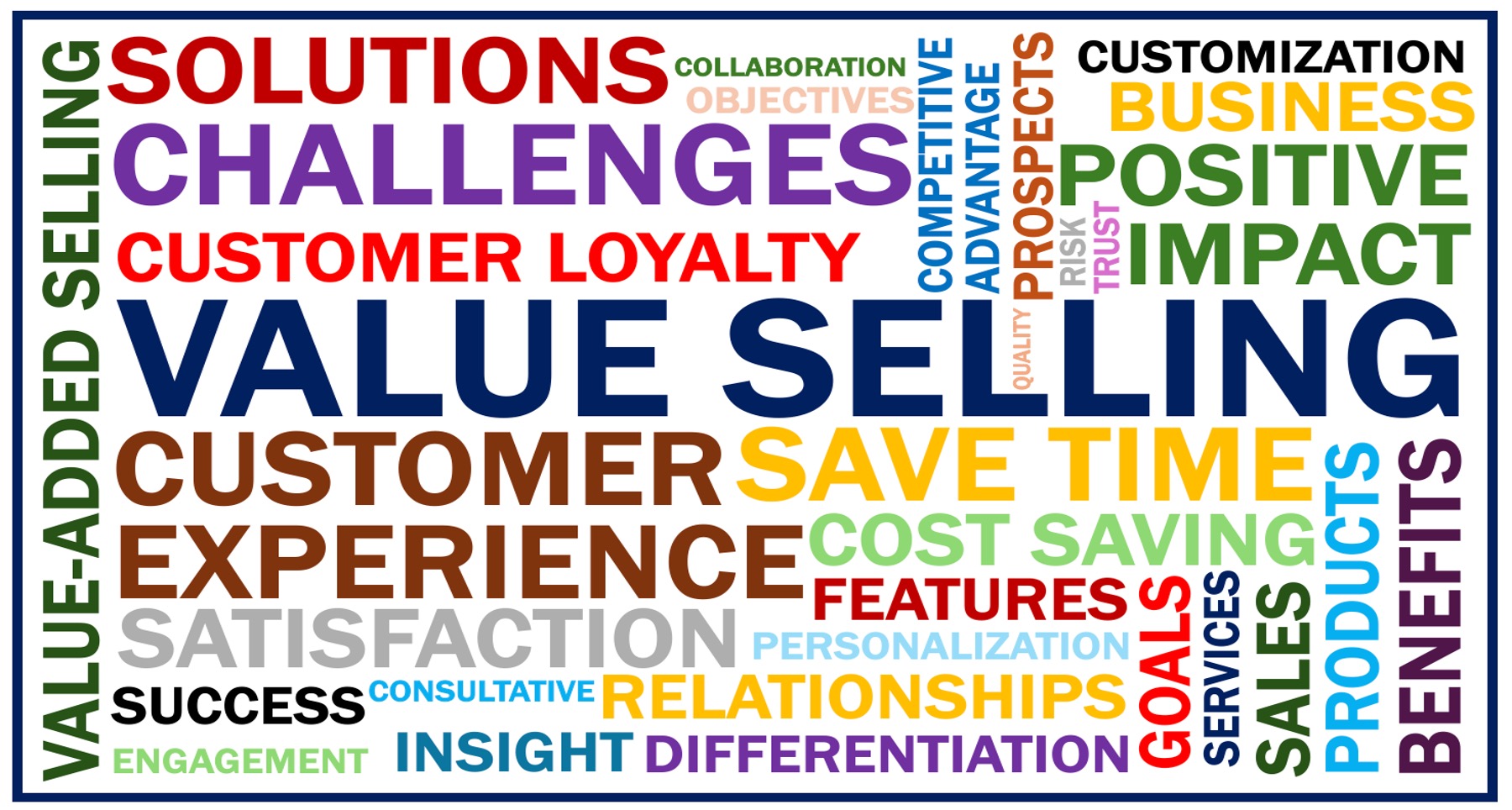What is value selling?
Do you focus on the benefits of the products or services you are selling rather than their features when talking to customers and prospects? If you do, you are involved in Value Selling?
In value selling, also known as value-added selling, the seller focuses on helping consumers understand how their product can solve their problems, that is, what value it will bring to their lives.
Tom Reilly, a motivational sales trainer, helped popularize the term when his book titled “Value-added Selling” was published in the 1980s. However, the concept of this effective sales technique has been around since long before this period.
Since the early 1980s, several interpretations have developed regarding what benefits the seller should focus on. If the prospect is a business, the seller should concentrate on cost savings, time savings, and the competitive advantage they might gain, many sales trainers believe.
In this article, a prospect is somebody who you believe has a good chance of becoming a paying customer.
Salesforce.com has the following definition of “Value Selling”:
“Value selling is a sales strategy that focuses on helping prospects solve problems while delivering positive economic and resource impact. That impact can be realized in a number of different ways, but commonly falls into four buckets: cost savings, time savings, competitive advantage, and risk mitigation.”
Understanding value from the customer’s viewpoint
A salesperson who uses value selling successfully first tries to find out what the customer or prospect wants to achieve. This means digging into their goals, challenges, and what success looks like for them.
The “value,” if the prospect is a businessperson, is the positive impact that the product or service might have on their company.
For the purposes of this article, the term “product” should be understood to encompass both products and services, unless otherwise specified.

How value selling works
In practice, this is how it works:
-
Learn to listen
At the beginning of your conversation with a prospect, do not launch into a sales pitch. You need to find out what problems they face and what their desired outcomes are. In other words, ask good questions and listen carefully!
-
Match value to needs
When you know what their needs are, you then show them how your product is the solution to the problems they face. Apart from explaining what your product’s features are, you must also explain how it tackles their specific challenges and how it can help them reach their goals.
- Quantifying value
If you can, quantify the value, that is, put numbers to the value. For example, rather than saying that your new software program saves time, calculate exactly how much time (and therefore money) they would save, and tell them.
Why use value selling?
-
Builds trust
Value selling is a sales technique that is about helping customers rather than simply pushing products. With this approach, you can build greater customer loyalty.
-
Reduces price sensitivity
If you and your customers focus on value, they are more likely to see your solutions as an investment rather than just a cost.
-
Increased success
People are more motivated to buy if they see the clear, positive impact of the product. This can lead to greater sales for your business and happier customers.
Final thoughts
To use the value selling approach successfully, you need to find out what your customer’s needs are, what challenges they have, and how they view success. You then show them how your product can meet those needs and overcome the challenges.

